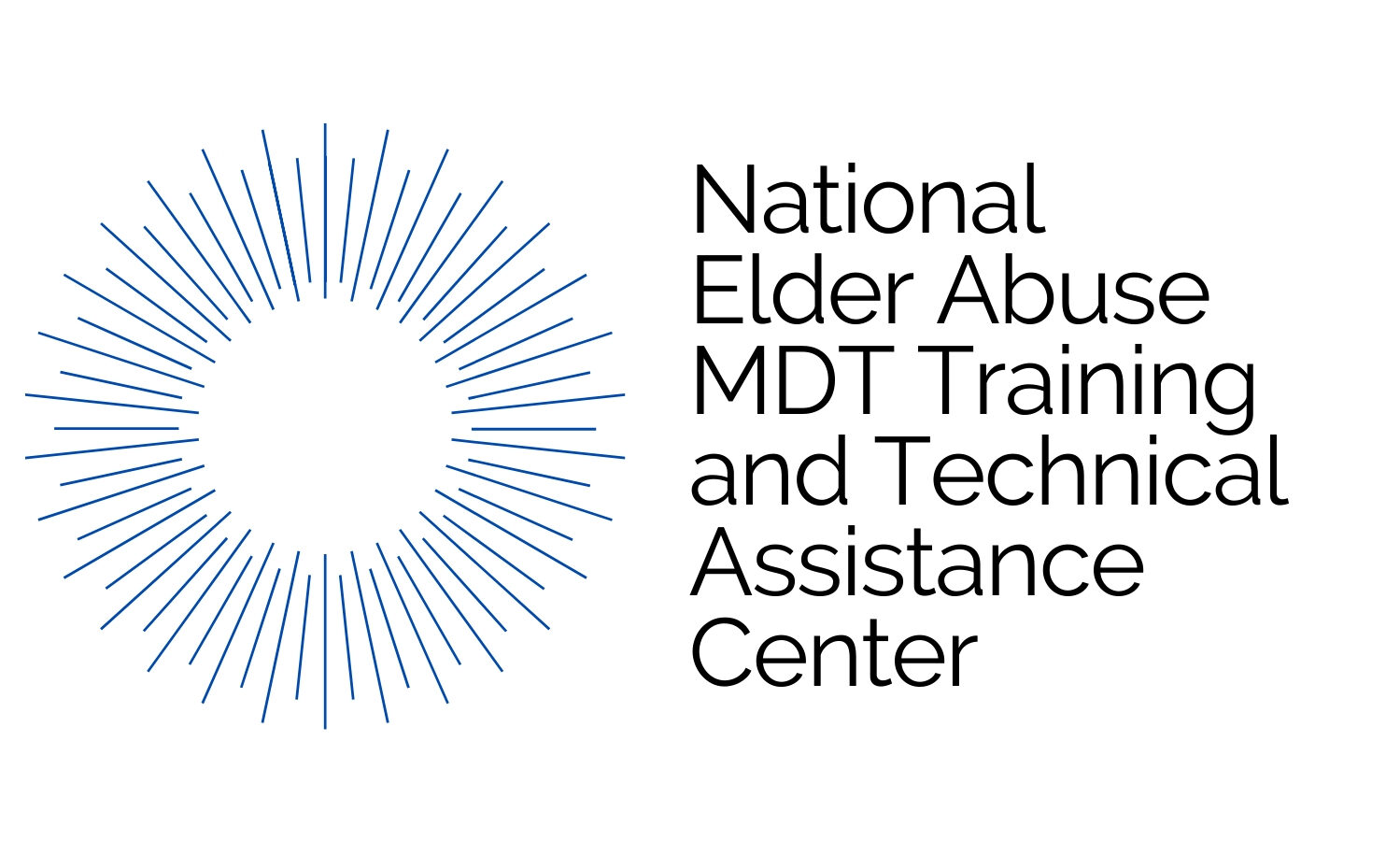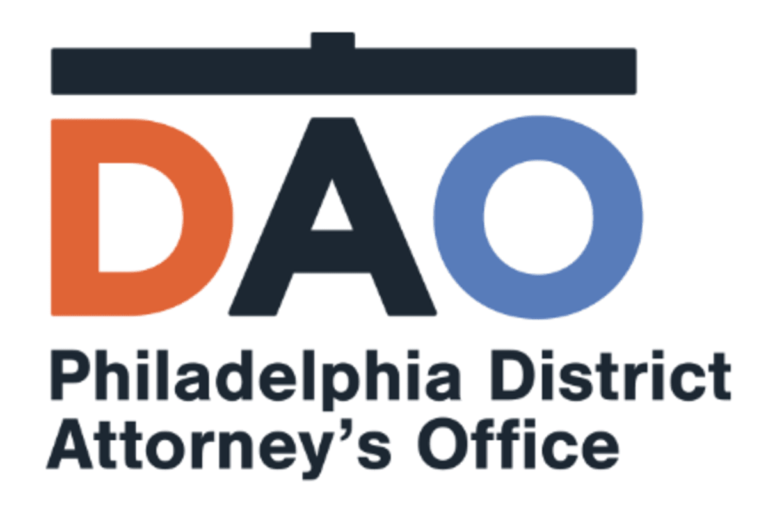
Grace Cheong is the Program Manager for the National Center, overseeing its strategic direction and day-to-day operations. The Center is a program of Weill Cornell Medicine’s New York City Elder Abuse Center. Grace has over 20 years of experience in policy development and program planning and delivery and has a particular interest in systems and capacity building for protective services and work with Older Adults. Grace is a social worker by training.
Why are Capacity Building and Strategic Planning Essential for E-MDTs to Consider?
Strategic planning ensures that our teams perform well into the future. A strategic planning process allows teams to: clarify the longer-term vision for the work and impact; establish goals and priorities; take stock of where teams are and want to be as a program; take account of the operating environment, including funding trends; identify opportunities and barriers for the work; and allocate finite resources to achieve the goals. As we prepare to bid farewell to our 2019 grantee teams and enter the final year of the OVC grant with our 2021 grantee teams, this planning is crucial to equip us with insights into what we would need to build within and outside our teams to sustain the work beyond the grant.
Three Foundational Aspects of Capacity Building and Strategic Planning
1) Representation and engagement in the process – There are multiple models for strategic
planning. They typically involve: Establishing what the vision for the work is, mapping out
various components of programming that can realize this version (people, process, program),
taking stock of the gap between aspiration and reality and mapping out key activities to bridge
this gap. Significantly, this process relies on having the right people at the table, folks that know
communities well enough to help the team build out the totality of needs in the community.
These must also be people that share the vision enough to participate actively and meaningfully
in the process, and will lead in implementation. They must also be individuals and organizations
that can contribute to the work and discussions of E-MDTs.
2) Attending to the process itself - Strategic planning processes have phases of divergence,
where more ideas and views are better to more holistically understand the issues, as well as
phases of convergence, where participants are invited to agree on priorities and allocate
responsibilities. It is important to be aware of what stage of the planning process a team is in.
In divergent phases, emphasis should be on facilitating generative discussions and active
participation. In convergent phases, it is important to steward the group to an agreement,
taking into account costs and benefits of each decision; everyone should come out of the
process knowing that the action steps were the best the team could take given the
circumstances.
3) Building capacity - Strategic planning ought not to be a one-off event. Teams should build
this process into a cycle that makes sense to them. At the same time, it is important to focus on
how to build the capacity and skills of team members to fully engage in a process. This may
mean ensuring that a good facilitator leads the discussions and that team members fully
understand their roles at each stage.
Helpful Resources
The Bridgespan article provides information on the steps involved in a strategic planning process. Teams can use this as a reference as they plan their process. The other resource that could be useful is the Macmillan Matrix. This template is particularly useful for teams that delve deeper into the broader organization's mission, its competitive position, the presence of alternate providers, and program attractiveness. Through this analysis, teams can identify if they should continue the work of the team, collaborate with others, or stop the team over time. This process can support the longterm planning of the team.
A Practical Next Step
One key step is to ensure that the strategic planning process is built into the team’s schedule of activities and to allocate sufficient time for discussion and deliberation.




